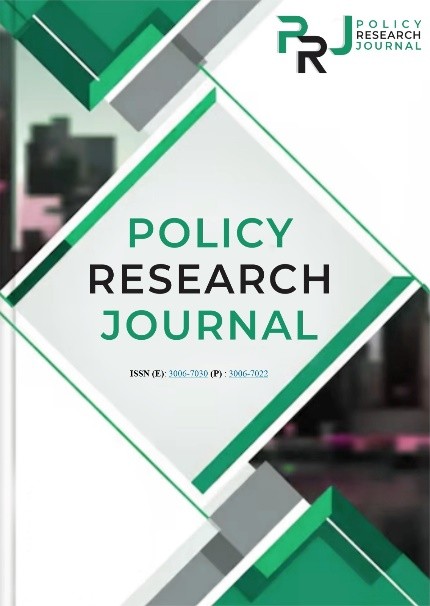TOWARDS EARLY AND ACCURATE DISEASE DETECTION THROUGH MULTIMODAL PREDICTIVE MODELING: FUSION OF ELECTRONIC HEALTH RECORDS, MEDICAL IMAGING, AND OMICS DATA USING INTERPRETABLE MACHINE LEARNING
Keywords:
Multimodal data, predictive modeling, early disease detection, deep learning, data fusion, interpretability, missing modalitiesAbstract
Early detection of disease is a cornerstone for improving patient outcomes, reducing costs, and enabling preventative interventions. Traditional predictive models often rely on a single type of data (e.g., imaging, clinical labs, or genomics). However, human health is inherently multimodal, involving a variety of data sources such as electronic health records (EHRs), medical imaging, wearable sensor data, genomics, and clinical notes. Integrating these heterogeneous modalities into unified predictive models offers a path to richer, more accurate, and more robust disease detection. In this paper, we present a comprehensive survey of methods in multimodal predictive modeling for early disease detection, illustrate architectural patterns and fusion strategies, discuss challenges (e.g. missing modalities, interpretability, generalizability, bias), and highlight promising directions. We also propose a reference architecture for developing such systems and suggest evaluation best practices.
















